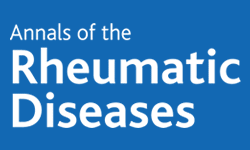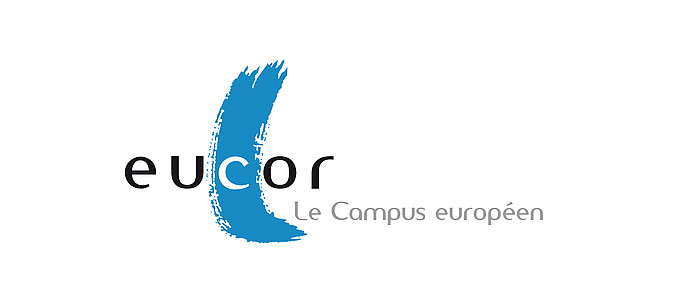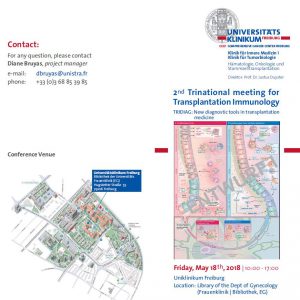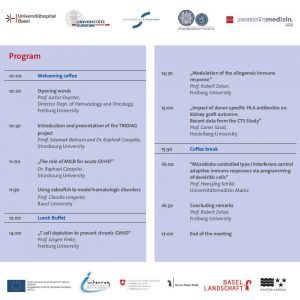Abstract
Objectives The objective of the present study was to explain why two siblings carrying both the same homozygous pathogenic mutation for the autoinflammatory disease hyper IgD syndrome, show opposite phenotypes, that is, the first being asymptomatic, the second presenting all classical characteristics of the disease.
Methods Where single omics (mainly exome) analysis fails to identify culprit genes/mutations in human complex diseases, multiomics analyses may provide solutions, although this has been seldom used in a clinical setting. Here we combine exome, transcriptome and proteome analyses to decipher at a molecular level, the phenotypic differences between the two siblings.
Results This multiomics approach led to the identification of a single gene—STAT1—which harboured a rare missense variant and showed a significant overexpression of both mRNA and protein in the symptomatic versus the asymptomatic sister. This variant was shown to be of gain of function nature, involved in an increased activation of the Janus kinase/signal transducer and activator of transcription signalling (JAK/STAT) pathway, known to play a critical role in inflammatory diseases and for which specific biotherapies presently exist. Pathway analyses based on information from differentially expressed transcripts and proteins confirmed the central role of STAT1 in the proposed regulatory network leading to an increased inflammatory phenotype in the symptomatic sibling.
Conclusions This study demonstrates the power of a multiomics approach to uncover potential clinically actionable targets for a personalised therapy. In more general terms, we provide a proteogenomics analysis pipeline that takes advantage of subject-specific genomic and transcriptomic information to improve protein identification and hence advance individualised medicine.
July 2018 / Annals of the Rheumatic Diseases – Raphael Carapito, Christine Carapito, Aurore Morlon, Nicodème Paul, Alvaro Sebastian Vaca Jacome, Ghada Alsaleh, Véronique Rolli, Ouria Tahar, Ismail Aouadi, Magali Rompais, François Delalande, Angélique Pichot, Philippe Georgel, Laurent Messer, Jean Sibilia, Sarah Cianferani, Alain Van Dorsselaer, Seiamak Bahram












